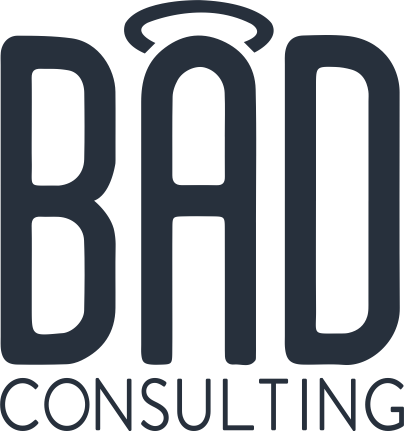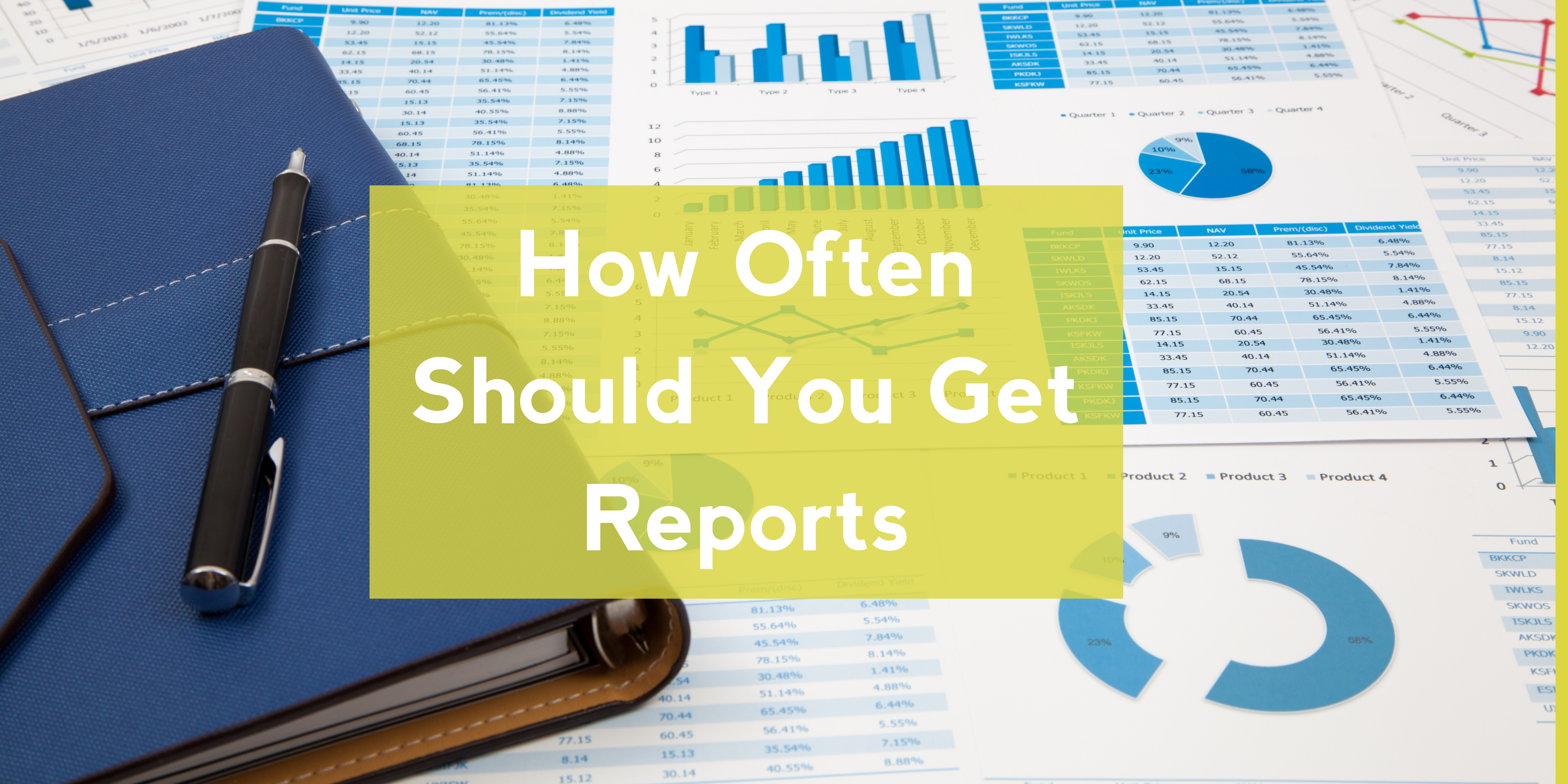When you’re working with a consultant, you use your reports to make sure that they are on task and getting the numbers you expect. They allow you to get to know what’s going on without having to constantly be on the social media accounts and fill in the gaps about whether you are co-creating the right content for your audience.
But, especially when a client is new, I find that clients don’t necessarily know how often they should get these reports. If that sounds like you, let’s talk about the different frequencies and whether they are right for you.
Daily
I have had a couple of clients in the past ask me for daily reports that broke down results by post. It was honestly too much, and I was easily able to get them away from this by pointing out the increased costs for the daily reports. But it’s not just costs that are the problem with a daily report.
Every post is not going to be a home run. Some are just going to do okay and some are going to fail. That’s the way it needs to be if you are trying to keep a healthy social media program. There needs to be room for experimentation and that means failure. Daily reports prevents this kind of experimentation because you almost live and die by each post.
Does that mean that I don’t look at daily numbers? Absolutely not. I’m always looking at them and comparing them against previous months. But I look at them in the context of the whole and to see if we might need a post that we have experimented with and know gives great results. I use them to know when it’s a good time to experiment and when we might want to do something that’s for-sure.
Weekly
Weekly reports is another temptation that I have many client ask about. Once again, it requires more work which means it costs more money than my base fees. But I have a way to make this happen without the extra cost that seems to make most clients happy.
During our weekly meeting, I do a rundown of the things my client needs to know about social media that week. This report is oral and it doesn’t include hard numbers. It’s mostly anecdotes, approximations of where we are in comparison to our monthly goals, social media news and any tactics that I’m seeing online that might be a fit. It’s quick and takes less than ten minutes to talk through. And it’s easy for me to put together as well. It’s all stuff that is in my natural workflow and doesn’t require a prettied up report.
I personally love these quickie weekly reports, because they keep both me and the client fully engaged. And it gives the client a great chance to talk through what’s going on with social and starts off brainstorming sessions when we come across something interesting to both of us. So I have more than one brain working on social media puzzles which is always helpful.
Monthly
Now this is where you should get a more stylized, formal report. It should show the progress towards goals you and your consultant outlined at the start of work. And of course those goals should be aligned with real business objectives rather than vanity social media metrics (although it is helpful to track those as well). That of course means you have to make sure your social media consultant has access to that information. I can’t tell you how many clients have asked for information like this from me. But they never gave me access to the information they were asking for. This is not a problem unique to my clients. It’s one of the biggest problems I have heard social media consultants speak about.
What else should be on these reports? It’s honestly unique to the client and social media consultant. Every single one of my clients needed a different kind of report based on information they wanted and the kind of involvement they have.
In addition to the numbers, I like to include explanations that the numbers just didn’t show. I put in the top three posts of the month for each network. That gives an idea of what content is doing well and how it differed from network to network. I give any news that might affect the algorithm or might cause a decrease in numbers. And I also add in new features that might allow us to do a different kind of content. Basically, it’s a quick snapshot of where their accounts are at this point of time, as well as where social media in general is. And if there is anything I need to educate my client about, I try to include that as well.
It sounds hefty, but I try to keep these reports as short and snapshot-like as possible. Otherwise clients don’t read the report. So it’s key to fit a lot of information in as few words as possible.
Quarterly/Annual
I’m grouping these together, because they’re so very similar. These should be more overviews. Beyond the numbers and how you’re doing on goals, you should have any shifts you’ve made in strategy or if you will be making a shift. As far as social media news goes, it should only include anything that made a significant change on social media. And you should include how you responded or will respond to those changes.
The audience for these reports is really your board and/or the c-suite. Most clients are in tune enough with the social media program that this information will all be old hat. So the goal with this frequency is to show that progress is being made. If numbers aren’t being reached, then you have to have why as well as how it’s being addressed. It’s basically just selling the social media program to those who may not be as on board for it.
So how often should you do reports?
For me, I think the sweet spot is a monthly report with weekly oral reports. It is great for an engaged client and keeps everyone on the same page. But in the end, it’s a personal decision between the client and the consultant to make sure everyone gets the information they need for a healthy social media program.
How often do you get reports?

